Category: From the Desk Co-posts
-
The Copper Scrolls
One of the more interesting finds among the dead sea scrolls is a text that was written onto copper rather than papyrus of animal skin. It’s a unique find, and has become an area of interest for the noted scholar George J. Brooke, who recently spoke with the Latter-day Saint history blog From the Desk…
-
Joseph White Musser
Mormon Fundamentalism is a well known collective term for groups of Latter-day Saints who attempt to replicate the doctrines and practices of The Church of Jesus Christ of Latter-day Saints in the 1840 – 1890 era, most notably plural marriage. Less well-known, perhaps, are the figures who initially organized and developed the Fundamentalist Mormon movement,…
-
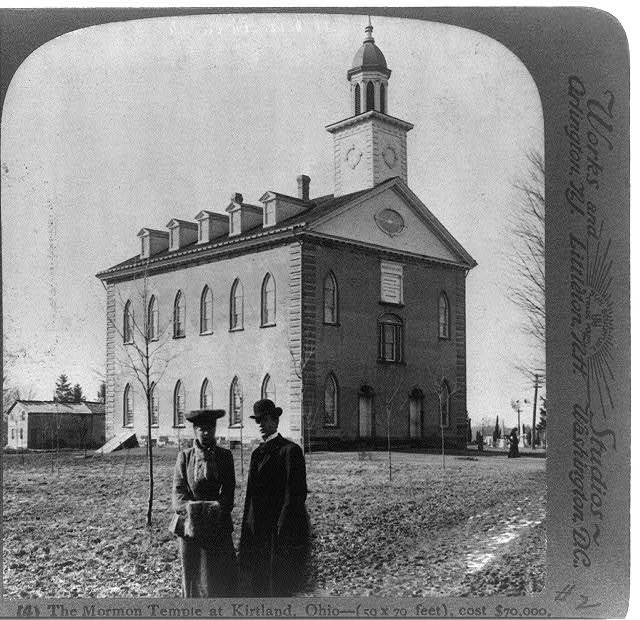
The House of the Lord in Kirtland
The House of the Lord in Kirtland, Ohio has been a major topic in the news as of late, thanks to the recent transfer of ownership between Community of Christ and The Church of Jesus Christ of Latter-day Saints. On the very same day that the transfer was announced, the Latter-day Saint history blog From…
-
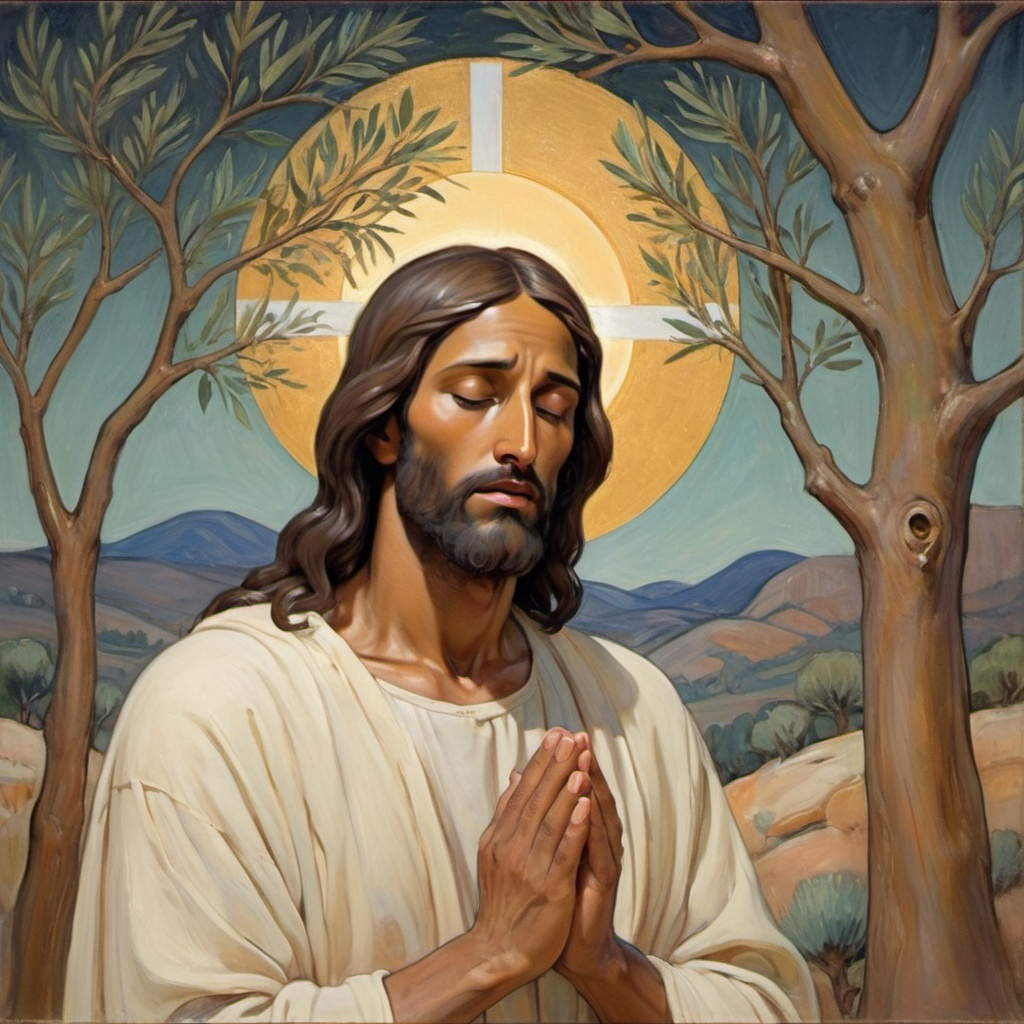
Atonement in the Book of Mormon
The Atonement of Jesus Christ is central to our faith and also central to the message of the Book of Mormon. What exactly, however, does the Book of Mormon say about the Atonement of Jesus Christ? In a recent interview at the Latter-day Saint history blog From the Desk, Nick Frederick discussed Atonement in the…
-
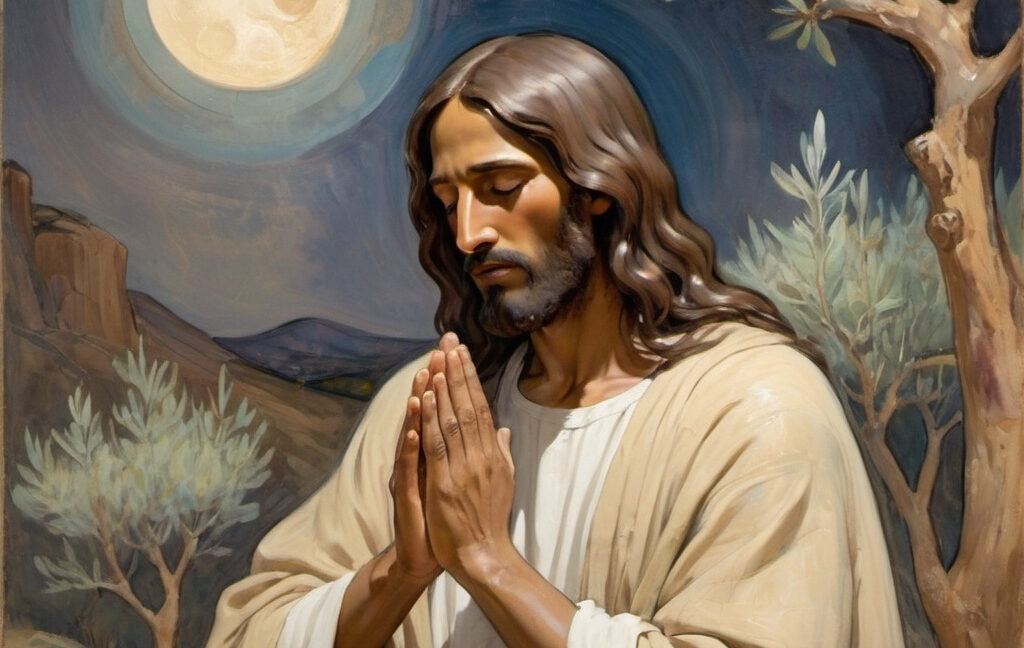
The Purifying Power of Gethsemane
As we are in Easter season, it is appropriate to ponder on the life, teachings and Atonement of Jesus Christ. One of the best talks given by Latter-day Saint leaders on the subject is “The Purifying Power of Gethsemane”, Elder Bruce R. McConkie’s final testimony. The talk was discussed in a recent post at the…
-
The White Horse Prophecy
There are a few high-profile apocalyptic prophecies in Latter-day Saint history that have pretty shaky provenances. Perhaps foremost among them is the White Horse Prophecy. This complicated document was recently discussed at the Latter-day Saint history blog From the Desk. What follows here is a co-post to the full discussion.
-
Diné Latter-day Saints
One often-overlooked aspect of The Church of Jesus Christ of Latter-day Saints is the interactions of the institution with the Diné (Navajo) peoples in the western United States. In a recent interview at the Latter-day Saint history blog From the Desk, Farina King (an expert in colonial and post-colonial Indigenous studies) discussed some of the…
-
National Treasure – Israel Style
We read in the Hebrew Bible that King Nebuchadnezzar of Babylon came to Jerusalem and “carried off all the treasures of the house of the Lord and the treasures of the king’s house” (2 Kings 24:13). The question of what happened to those treasures afterwards has been a subject of fascination ever since. In a…
-
On John A. Widtsoe
John A. Widtsoe was an influential apostle and theologian in the Church who came from a scientific background. In a recent interview at the Latter-day Saint history blog From the Desk, biographer Thomas G. Alexander discussed the life and contributions of this apostle-scientist. What follows here is a co-post to the full interview.
-
“I Am” Statements of Jesus in the Book of Mormon
When Moses was called by YHWH, he asked the Lord, “when I come unto the children of Israel, and shall say unto them, The God of your fathers hath sent me unto you; and they shall say to me, What is his name? what shall I say unto them?” In response, YHWH said, “I Am…
-
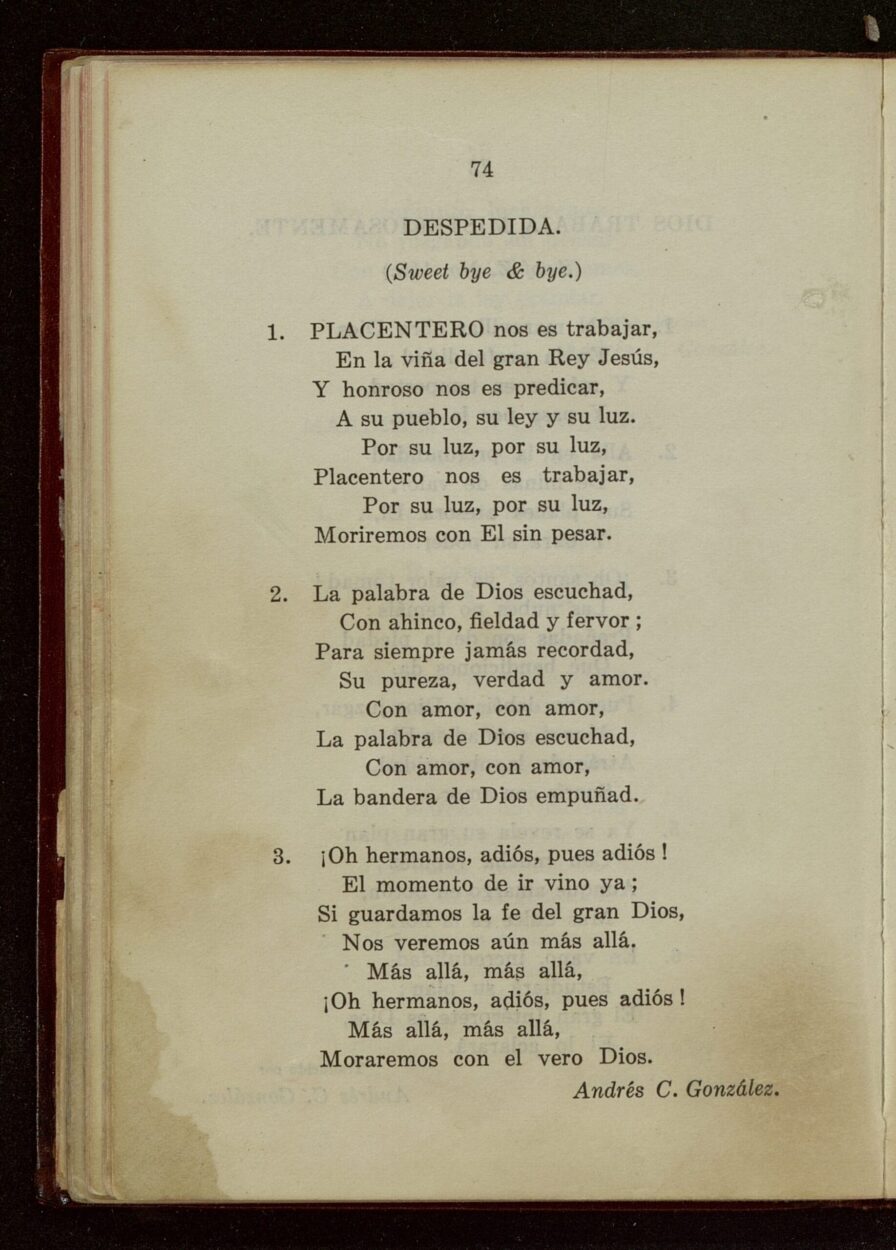
“Placentero nos es trabajar”
“Placentero nos es trabajar” or “Despedida” is one of the more popular hymns that is included in Latter-day Saint hymn books, written by a Latter-day Saint, but not in the English hymnal at this time. Hence, I’ve been consistent in pointing it out as a likely candidate for inclusion in the forthcoming hymnal. While I’ve…
-
Latter-day Saints and Biblical Theology
Interpreting the scriptures is a vital part of the Judeo-Christian tradition. In a recent interview at the Latter-day Saint history blog From the Desk, Joseph Spencer discussed a particular approach to interpreting the Bible—Biblical Theology. In particular, he focused on recent developments in Latter-day Saint Biblical Theology. What follows here is a co-post to the…
-
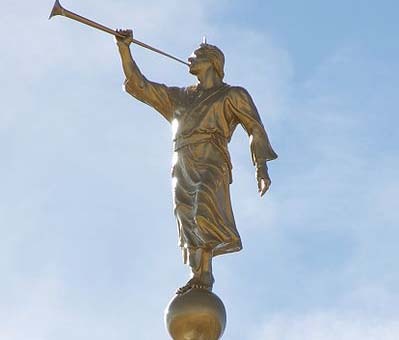
Grant Hardy on the Annotated Book of Mormon
It was a monumental effort to create this version of the Book of Mormon.
-
On Martha Hughes Cannon
Martha Hughes Cannon was a notable, if complicated, woman in Utah history. Although somewhat forgotten (partly due to her son burning all her journals, at her request), she has become more widely remembered in recent years. In a recent interview at the Latter-day Saint history blog, From the Desk, biographer Constance L. Lieber shared some…
-
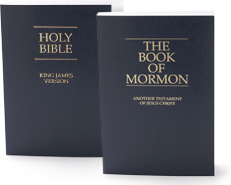
Come, Follow Me: Book of Mormon Resources
As Jonathan has been pointing out in his posts about Reading the Book of Mormon in wartime and Book of Mormon historical revisionism, we are only a few weeks out from starting the next year of the reading cycle. Come, Follow Me 2024, will focus on the Book of Mormon. We’ve had posts and discussions…
-
Brigham Young’s Early Journals
While the Joseph Smith Papers project is, in many respects, wrapping up, other presidents of the Church—including Brigham Young— have begun to receive more attention and papers projects of their own. In a recent interview at the Latter-day Saint history blog From the Desk, Ronald K. Esplin discussed some of his observations about the first…
-
George Q. Cannon was far too Helpful and Talented
It is not an uncommon experience in the history of The Church of Jesus Christ of Latter-day Saints for a member of the First Presidency or Quorum of the Twelve other than the president of the Church to functionally run the Church or to have a huge impact on the Church. In the twentieth century,…
-
Premortal Existence, Foreordination, and Abraham
The Book of Abraham, chapter 3 is, in many ways, the most important foundational text for the Latter-day Saint concept of a premortal existence. In it, Abraham is shown his own foreordination to be a leader in God’s work as well as the events of the War in Heaven. In a recent interview at the…
-
Thomas Wayment on the KJV
Why do Latter-day Saints regard the King James Version as the official English translation of the Bible for the Church? It’s a question that has been asked many times by different people, especially since there are translations in modern English that have a better textual basis in Greek manuscripts. In a recent co-post at the…
-

The First Vision in Two Churches
The recently-published Restorations: Scholars in Dialogue from Community of Christ and The Church of Jesus Christ of Latter-day Saints is a fantastic glimpse into the similarities and differences between the two largest churches that emerged from the legacy of Joseph Smith, Jr. One of the highlights was a discussion between Keith J. Wilson and Lachlan…
-
The Many Lives of the King Follett Sermon
I have to admit that I have had an ongoing fascination with the King Follett Sermon. I had been acquainted with bits and pieces of it here and there, but only really became familiar with the full text early on in my mission. But it has shaped a lot of my theology and views in…
-
Lowell Bennion
The Church of Jesus Christ of Latter-day Saints saw a group of highly-impactful university professors during the 20th century who helped to shape Latter-day Saint thought. For many, Hugh Nibley, Truman Madsen, Eugene England are a well-known part of their experience with the Church. Another figure that deserves to be remembered in that group is…
-
Neal A. Maxwell: Disciple Scholar
A favorite speaker at general conference when I was growing up was Neal A. Maxwell. Eloquent and deeply thought out talks were something of a hallmark for him, with plenty of alliteration thrown in for good measure. His life and discipleship was discussed in a recent interview with Bruce C. Hafen at the Latter-day Saint…
-

Latter-day Saints in Micronesia and Guam
At the last general conference, I was impressed by something briefly mentioned by Quentin L. Cook. He talked about a seventh-generation member from Tahiti, with her ancestors joining the Church in 1845 (2 years before the Latter-day Saints in the U.S. migrated to Utah/Deseret or Brigham Young organized the First Presidency).[1] It was a brief…
-

Was it the Angel Moroni?
Today marks the 200th anniversary of the day Joseph Smith said that he saw the golden plates, with last night being the anniversary of the evening that he recalled the Angel Moroni appearing to him. Yet, from time to time, there have been questions raised about whether Joseph Smith consistently said that it was Moroni…
-
The ancient owner of the Book of Abraham papyri
Joseph Smith claimed that the Book of Abraham was a translation of some of the papyri he purchased along with some mummies in Kirtland. It is difficult to ascertain the full nature of those papyri since a lot of them burned. But we can learn some about the history of those papyri from the fragments…
-
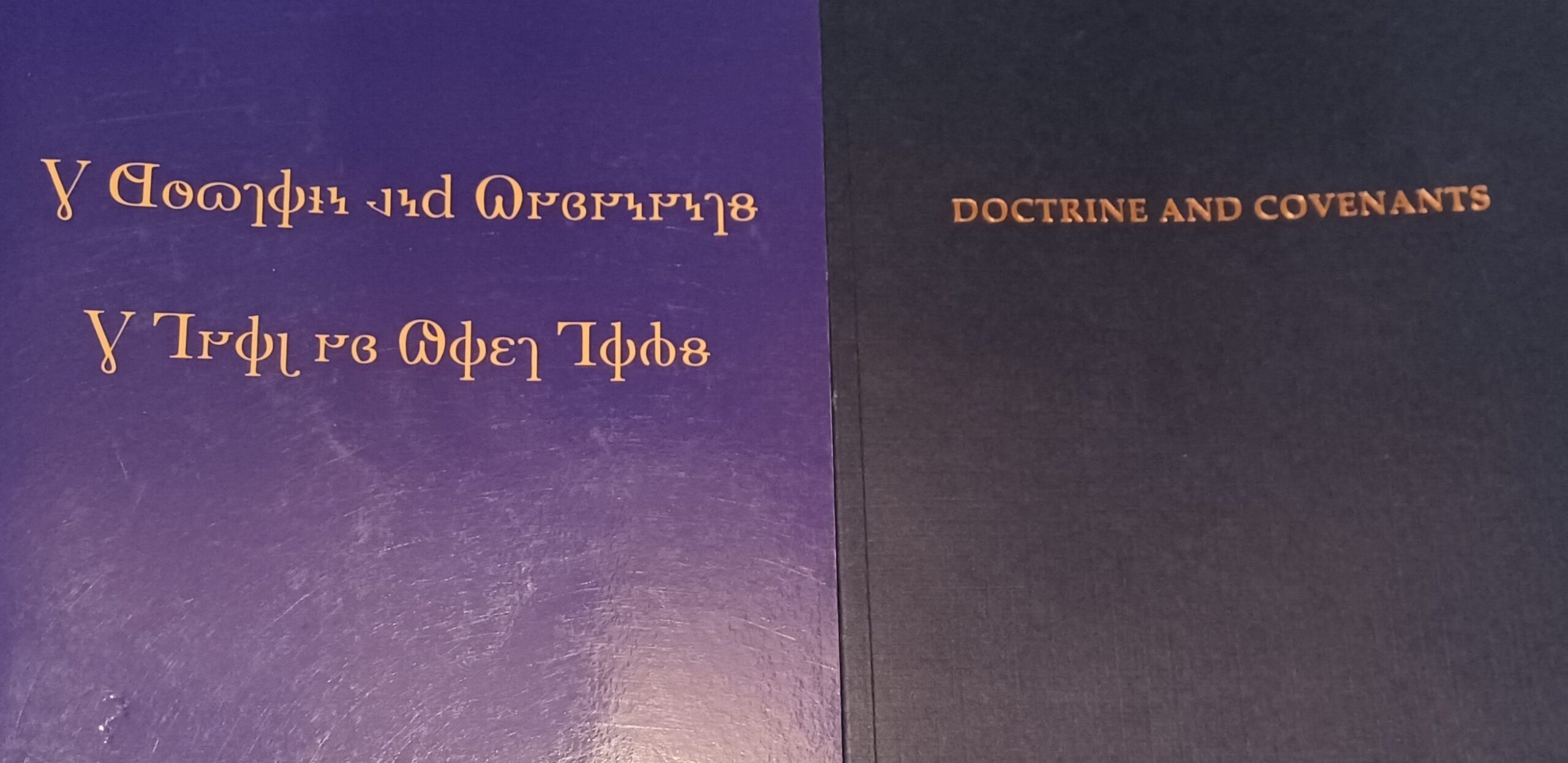
Discussion on Scripture with the Community of Christ
The Community of Christ and The Church of Jesus Christ of Latter-day Saints are sibling churches, both descending from the early Latter Day Saint movement. Since each group went their own way after the death of Joseph Smith in the 1840s, however, they have spent the last 170+ years growing and developing in different ways.…
-
The Law of the Gospel
A couple years ago, The Church of Jesus Christ of Latter-day Saints included a list of the covenants made during the endowment session in their general handbook. It was a surprise, to be sure, but a welcome one. Yet, I missed a part of the significance of the text presented until reading a recent interview…
-
Jesus’s Female Ancestors
Jesus the Messiah was the son of a righteous and godly woman named Mary, through whom he had many ancestors discussed in the Hebrew Bible. Among those were several remarkable women. In a recent interview at the Latter-day Saint history blog, Camille Fronk Olson discussed some of the women in the genealogy of Jesus. What…
-
Remember the “F.” And seniority.
I know I’ve talked a bit about Joseph F. Smith (JFS) lately, but the Latter-day Saint history blog From the Desk recently shared another interview about him. This time around, Dennis Horne spoke about Joseph F. Smith’s succession to the presidency of the Church, but it also covers other info about this pivotal president of…
